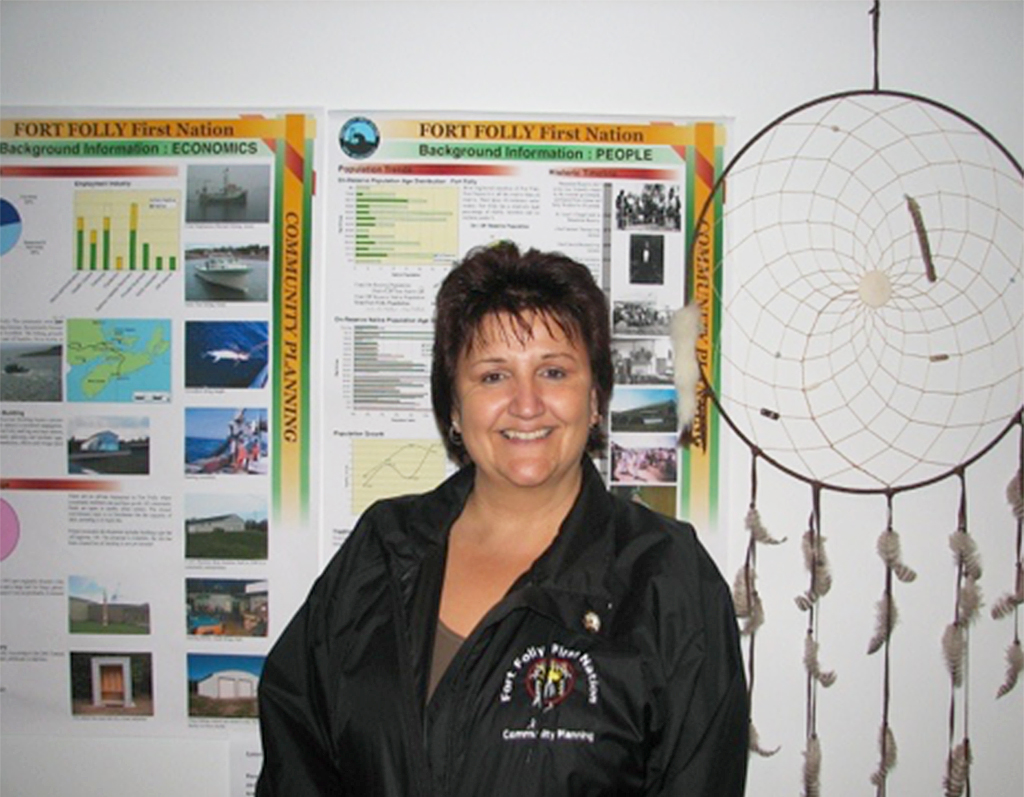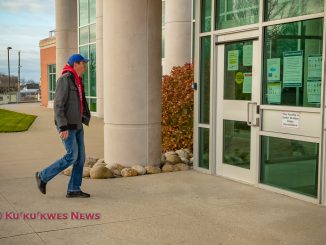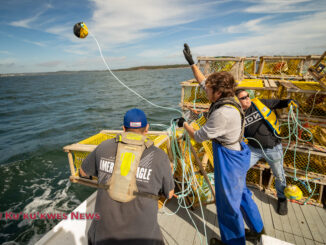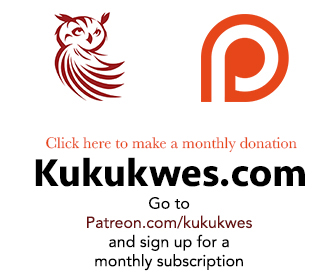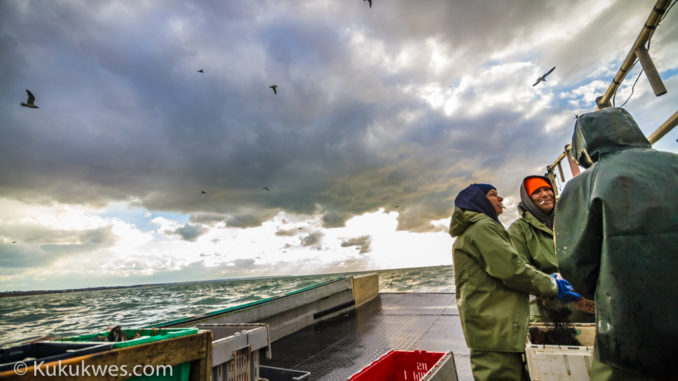
Editor’s Note: This news story is the last in a two-part series examining the issue of defining ‘moderate livelihood’ as the 20th anniversary of the 1999 Supreme Court of Canada ruling in the Donald Marshall, Jr. fishing rights case approaches in Sept. 2019.
Bruce Wildsmith wonders what the Marshall decision really meant to the Department of Fisheries and Ocean when it was handed down by the Supreme Court of Canada in Sept. 1999.
“It seemed like it wasn’t fully accepted on the face of it; on the face of it, Mi’kmaw had the right to go fish, period,” said Wildsmith, Marshall’s former lawyer and legal advisor for the Assembly of Nova Scotia Mi’kmaq Chiefs .

“But from the DFO standpoint, ‘No, we have the right to regulate. We’re continuing to regulate. Nobody without a licence really has the right to engage in these fisheries activities. If you do engage in these fisheries activities without a licence, we consider that illegal and we’re going to stop it and prosecute it,’” he said.
In November 2017, Dominic LeBlanc, the minister of fisheries, appointed Jim Jones — an independent consultant who was also a regional director general for DFO from 1998 to 2009 — to negotiate with Mi’kmaq and Wolastoqiyik First Nations and the Peskotomuhkati, towards the “reconciliation of fisheries rights,” according to a DFO press release. Part of the negotiations includes finding the definition of a moderate livelihood.
It’s the second time since the Marshall decision that DFO has appointed a federal negotiator to discuss commercial fisheries access with First Nations in Atlantic Canada.
Moderate livelihood and the DFO
Ku’ku’kwes News sent DFO a list of detailed questions about the negotiations surrounding a moderate livelihood, why it’s taken 20 years to negotiate the definition, and how much is DFO willing to do in allowing First Nations to regulate the moderate-livelihood fishery. DFO responded with an emailed statement.
“From DFO’s perspective, there have been many initiatives that are implementing the pursuit of ‘moderate livelihood.’ Since 2000, DFO has provided commercial fisheries access to First Nations communities in Nova Scotia through its programs and through negotiated agreements and has worked closely with all communities,” the statement said.
The DFO said that it has created a number of programs that have help build fishing capacity, management and performance of the Indigenous commercial fishery. These initiatives have increased First Nation’s participation in the commercial fisheries, the statement said.
Since 1999 the government has allocated close to $600-million into the Indigenous commercial fishery in the Maritime provinces, including three First Nation communities in Que. The federal government invested $159-million in initial agreements in 2000. That number grew to $430-million in 2001, with the longer-term agreements.
In 2007, the DFO launched the Atlantic Integrated Commercial Fisheries Initiative, which helps Mi’kmaq and Wolastoqiyik First Nations continue to build on the initiatives taken after the Marshall decision and “to continue to support an integrated, orderly commercial fishery in the Maritimes and Quebec.”
The initiative was initially a five-year program, but became a permanent program after it was announced in 2017 federal budget that the government was investing $11-million in the program, per year, according to the DFO.
“We recognize that there is more work to do. That is why DFO is a willing and active partner at the Mi’kmaq-Nova Scotia-Canada negotiations table, where we are working collaboratively with the Mi’kmaq to continue to discuss their interests around pursuing a ‘moderate livelihood,’” the statement said.
“As negotiations are ongoing, it would be inappropriate to comment further.”
“How do you tell somebody how much you’re allowed to make?” – Chris Milley
Indigenous fishers who participate in the commercial fishery are given commercial communal licences by their First Nation community or band. These licences are different than non-Indigenous commercial fishing licences because they are allocated to the band by the DFO, which then decides who can fish those licences for the benefit of the community.
“There’s no limit on how much wealth you could say that community could obtain from those licences. But of course, there is a limit on how many people could benefit from [it],” Wildsmith said.
Until recently, there had been no official mandate from the government to define a moderate livelihood fishery.
Chris Milley is an adjunct professor in the marine affairs program at Dalhousie University. His research has focused on the Marshall decision and its implementation. He believes DFO doesn’t want to address a moderate livelihood for several reasons.

“How do you tell somebody how much you’re allowed to make?” Milley said. “How do you make those decisions? But you can’t, no government wants to do that. It’s … not ethical. It’s definitely not politically smart. But it’s such a bias thing.”
The number is either going to be too high or too low, Milley said.
“What about if the resource can only sustain an income of $10,000. Is $10,000 a moderate livelihood?” Milley said. “’Moderate’ should never have been in the decision. It should have been ‘livelihood.’”
At the moment, DFO recognizes two types of Indigenous fisheries: food, social and ceremonial, and the communal commercial. The food fisheries are to provide food for individuals in the community and it’s not meant to be sold. Communal commercial licences are for selling catch, and the community and/or employee, or those who subcontract the licence, earn the money, Wildsmith said.
Wildsmith said in an email that what is being negotiated in terms of regulations of the moderate livelihood fishery is “the Mi’kmaq would determine their view of appropriate terms and seek DFO concurrence. Co-management.”
Milley said it’s possible to have two sets of rules — one for commercial and one for a moderate livelihood fishery— in the same place.
“If somebody’s out fishing 25 traps all year round, people who have 350 traps for four months for some reason think, ‘That person has an advantage over me,’” Milley said. “It’s like ‘Why?’ ‘Well, they can fish all year round.’ Yes, but they’re fishing 25 traps even at the most abundant time.”
The objective of the commercial fishery for DFO is to maximize revenue, Milley said.

“If Mi’kmaw objectives are the same way, then it would make sense to move into the same system, but Mi’kmaw objectives are about moderate livelihood. [They’re] very different objectives,” Milley said.
“The way the Fisheries Act is … it isn’t conducive to working with communities. The minister cannot delegate his authority,” Milley said. “Clearly First Nations will never manage under the Fisheries Act because the Fisheries Act does not allow it. So how do you do that?”
He thinks a parallel department could help. Having multiple departments under one ministry is not uncommon, Milley said. The Ministry of Innovation, Sciences and Economic Development Canada, for example, has four departments.
“There are multiple ways to doing it,” Milley said. “The chiefs shouldn’t be doing things on a provincial basis. It should be on a nationwide basis.”
Milley said that the reason it’s taken so long for negotiations to happen concerning a moderate livelihood is that the government never had the mandate to do so. This changed when the Liberal government was elected. He said that the Liberal government’s mandate on reconciliation with Indigenous people is largely due to the acceptance of the United Nations Declaration of Rights of Indigenous Peoples.
“It’s got nothing to do with Marshall [and] everything to do with the new priority,” Milley said.
“What’s the process?” – Kevin Squires
Finding a definition for moderate livelihood doesn’t only impact First Nations.
Kevin Squires, president of Local 6 Maritime Fishermen’s Union in Cape Breton, said non-Indigenous commercial fishers want a moderate livelihood defined, too.
“People would like to know what are we looking at: what’s the number? What’s the time period? What’s the process?” said Squires in a phone interview.
“But then the other one, when you start digging into it: what’s it based on? Is it based on all First Nations in the country? Is it based on all First Nations within the provinces, within coastal communities? Is it going to be proportionate to what one might expect the general population participation in the fishery is?”
Squires said that the lack of information about what’s happening in the DFO negotiations with First Nations and what it will mean for non-Indigenous commercial fishers is worrisome. But he understands that those negotiations are between government and government.
“I’m looking at trying to retire. Do I have to think about selling out at some point? But I’d be better off selling it this year or wait, can I wait five years? Is my licence going to be worth something?” Squires said.

Squires said that the sooner people in leadership positions in the non-Indigenous commercial fishery can be prepared for what comes out of the negotiations, the better.
“Then we can talk to our members about it and try to explain the fact that aboriginal licences are different than our licences. They are allowed to operate different ways,” Squires said.
“People don’t have to like it, but you can deliver the explanation as opposed to finding this out at a meeting with somebody hollering and complaining.”
The lack of a real definition of a moderate livelihood has left some Indigenous fishermen who want to exercise their treaty right feeling harassed by DFO and the courts.
In September 2015, four Mi’kmaw men faced similar fisheries violations that Marshall was charged with in 1993.
Alex McDonald, his son, Kyle McDonald, Mark Howe, and Jeremy Syliboy, were charged with fisheries violations for commercial fishing during closed season in Lobster Fishing Area 34 (LFA34) and possessing lobster that was either purchased illegally or with the intention of selling.
McDonald, Howe and Sylilboy are from Indian Brook First Nation and Kyle McDonald is a member of Millbrook First Nation. Michael McDonald, Alex McDonald’s brother, was hired to represent the men in court.

The men pleaded not guilty and a trial was held in Digby, N.S. in Feb. 2018. Their lawyer argued they were not fishing under an Aboriginal communal fishing license but exercising their treaty right to fish for a moderate livelihood.
“When the fishermen’s lawyer asked fishery officer Dwayne Muise if the closed time for LFA 34 includes those Mi’kmaw fishermen who choose to fish for a moderate livelihood, Muise answered, ‘There’s no regulation to deal with moderate livelihood right now,’” an earlier Ku’ku’kwes article reported.
The Crown attorney, after a day of testimony, asked the judge for a stay of proceedings; halting any further legal process.
As of March 2019, the men are suing the DFO for racial profiling.
Addressing moderate livelihood a sign of reconciliation
Tensions have flared in the past between Mi’kmaw and non-Indigenous fishers. In Burnt Church right after the Marshall decision, violence broke out between the two groups.
Mi’kmaw fishers’ boats were rammed by non-Indigenous commercial fishers, even attacking two Mi’kmaw fishers with a baseball bat for allegedly taking their traps, according to a report by the Canadian Press from 2001.
The clashes lasted three years and ended in 2002 when then Esgenoôpetitj Chief Wilbur Dedam signed a two-year deal with the DFO which promised to provide millions in funding to the First Nation community, the Canadian Press reported in 2002.
In September 2000, ten days shy of the first anniversary of the decision, 200 non-Indigenous fishers protested in Yarmouth, N.S. They claimed that Mi’kmaw fishers setting traps out of season would deplete the resource and outside of DFO’s regulations, the Canadian Press reported.
Several sources for this story said they’ve seen a positive change when it came to the government trying to address the Marshall decision since the Liberals included reconciliation in their mandate.
Currently, the Fisheries Act, the rules that regulate the commercial fishery, makes no mention of the Marshall decision or a moderate livelihood. However, in February 2018, new proposed amendments to the act were announced, which includes changes that would address reconciliation with Indigenous peoples.
This story is also being published by the Signal, the site for student work at the University of King’s College’s journalism school. Go to signalhfx.ca.

